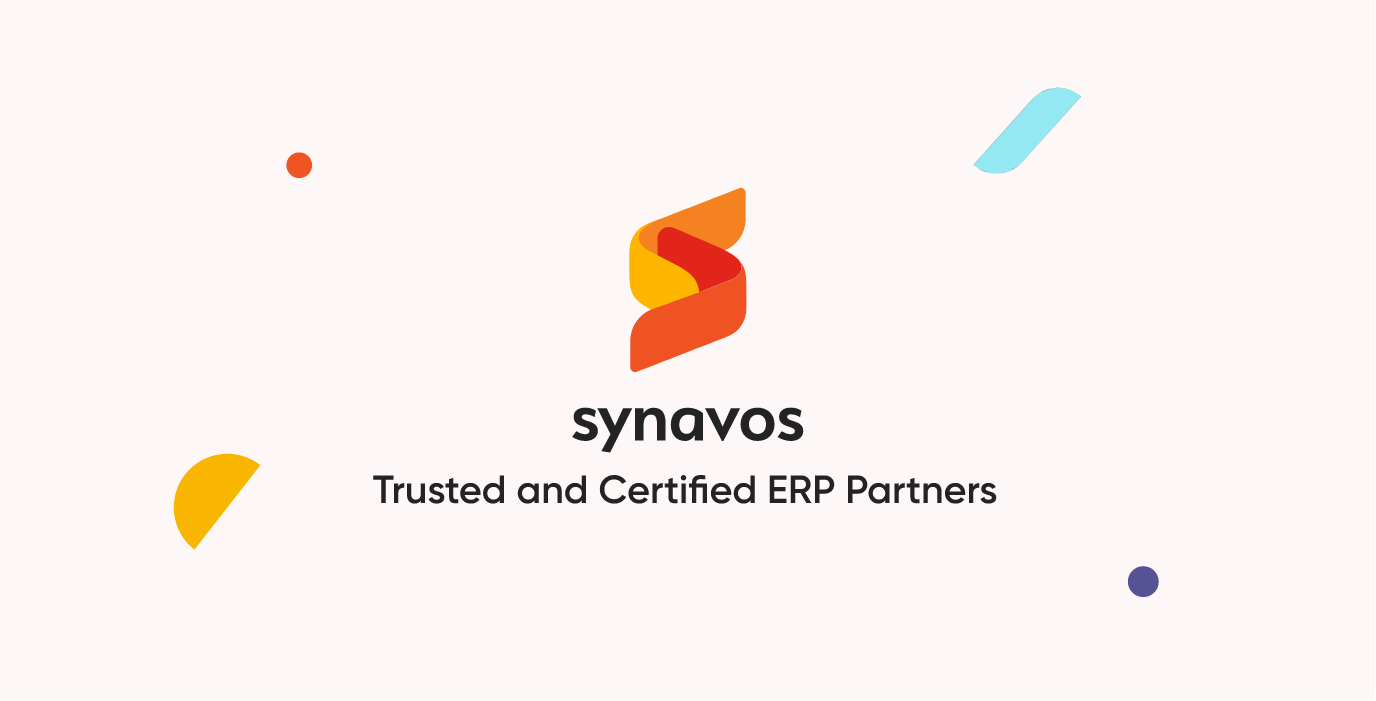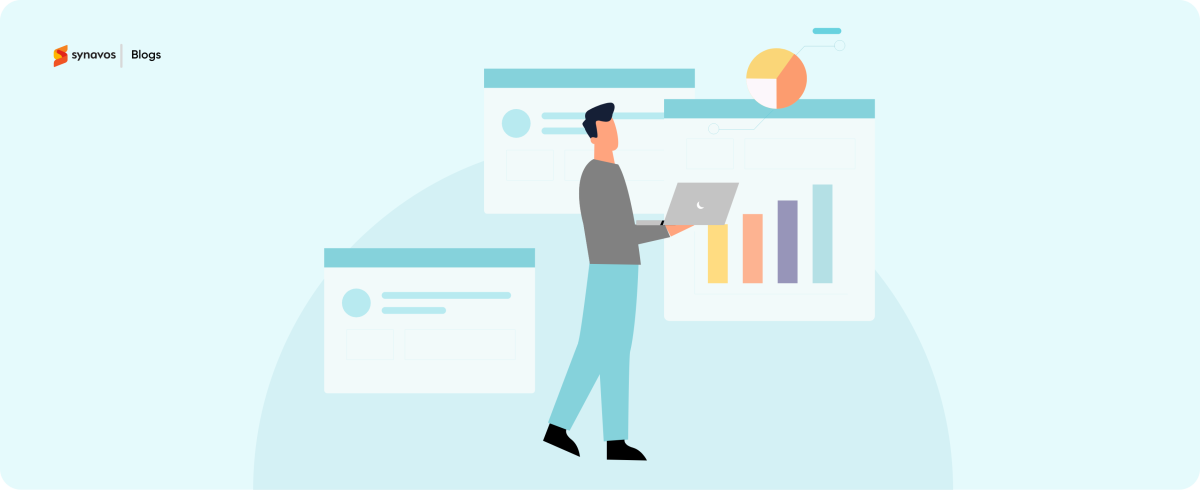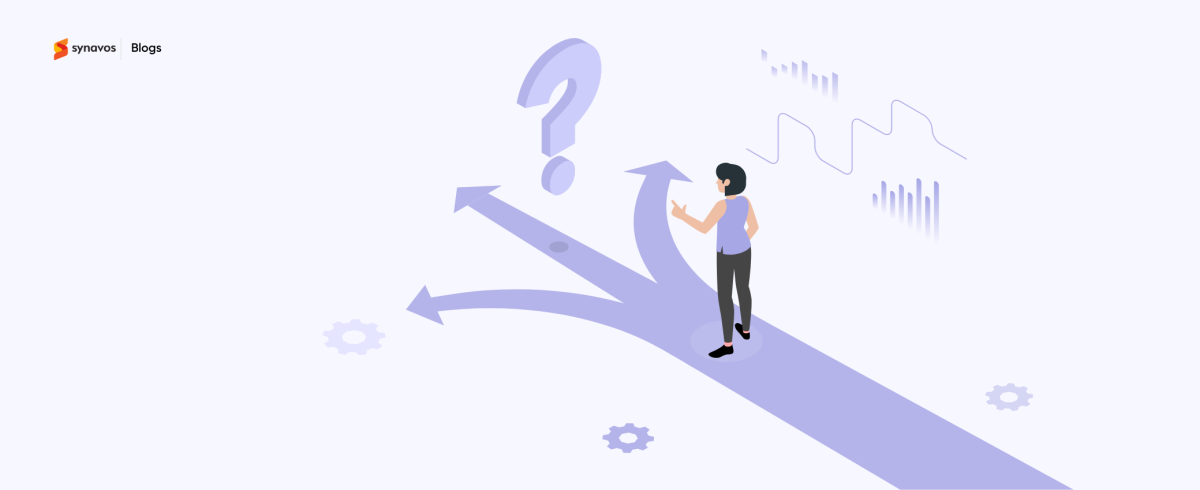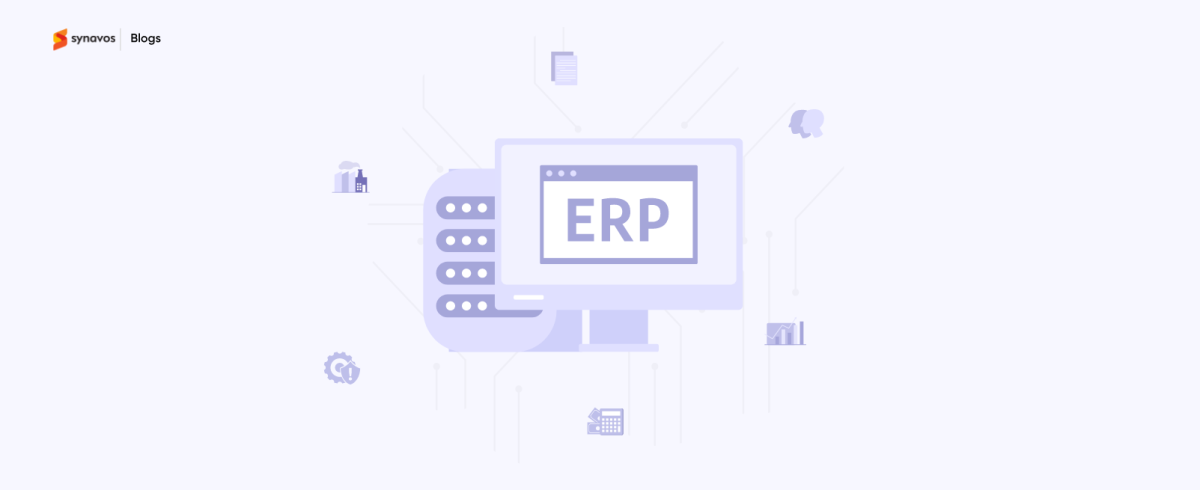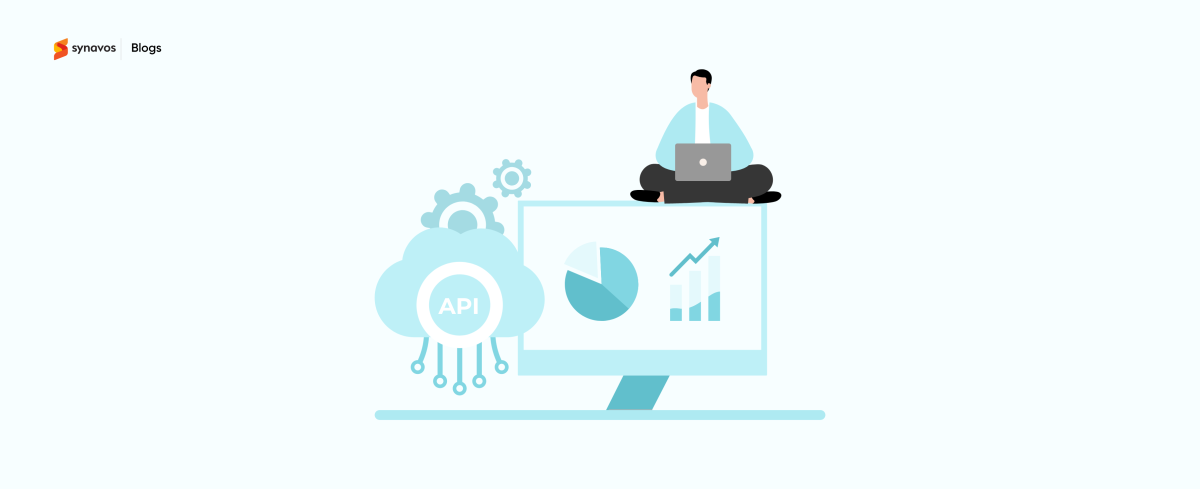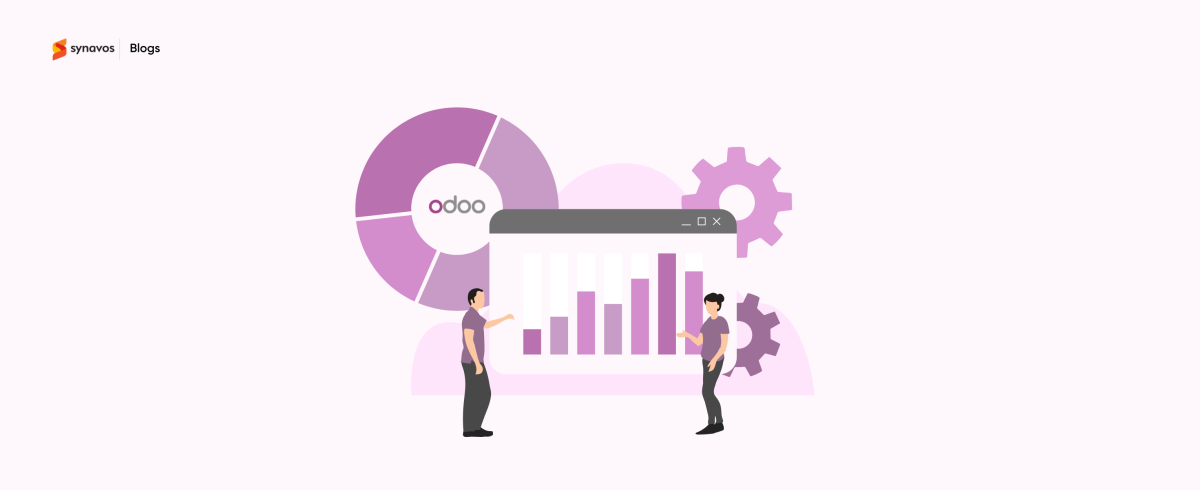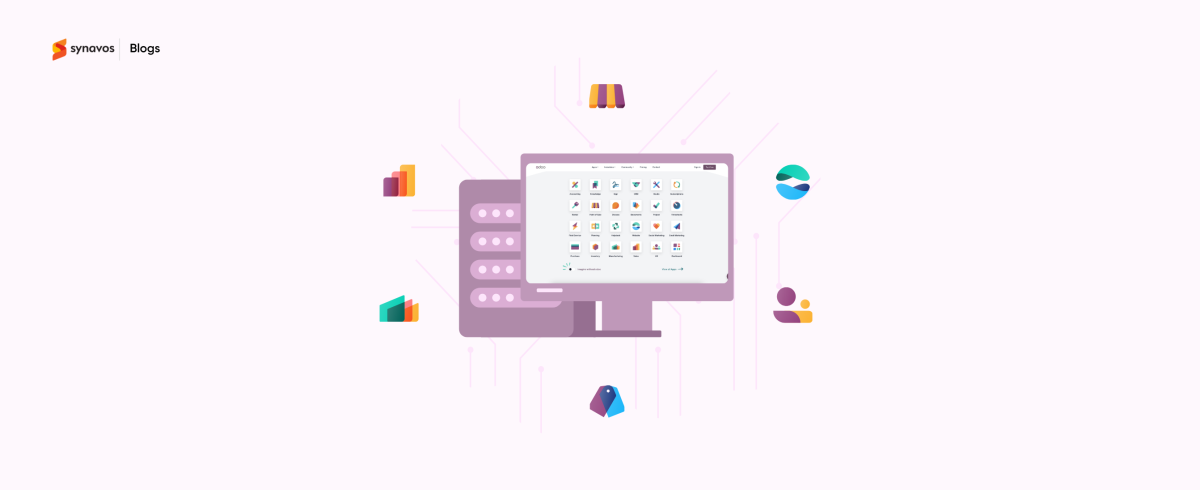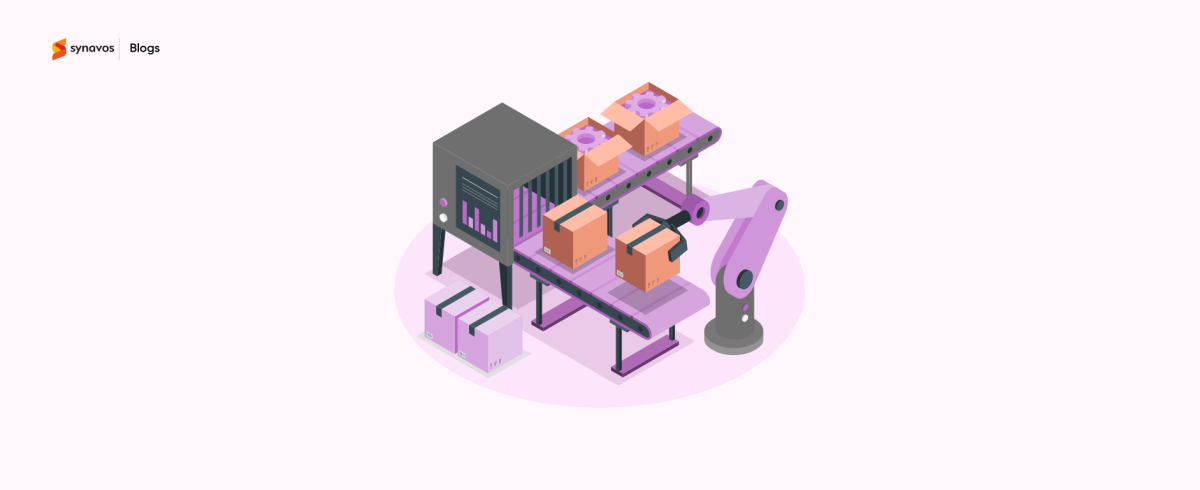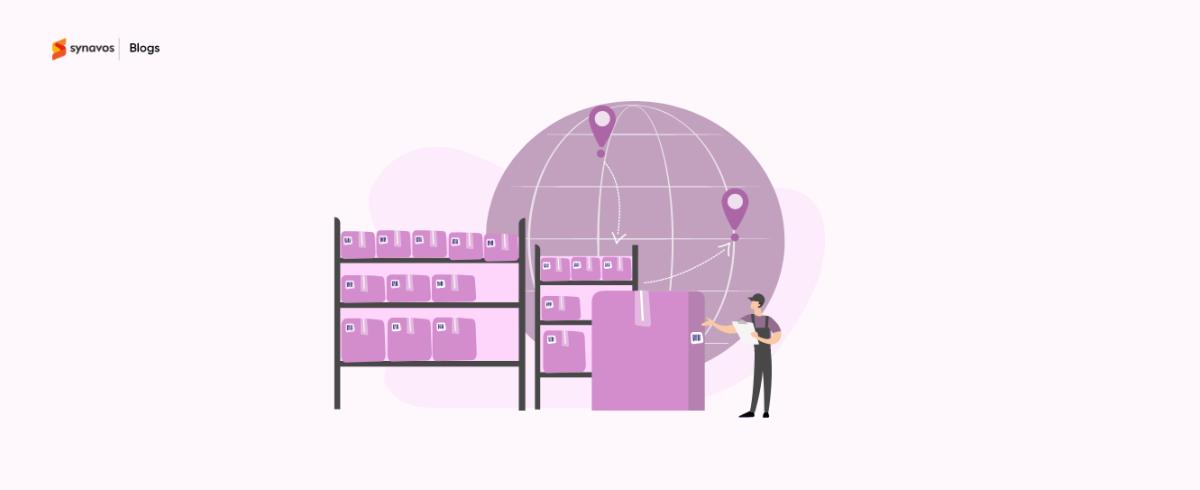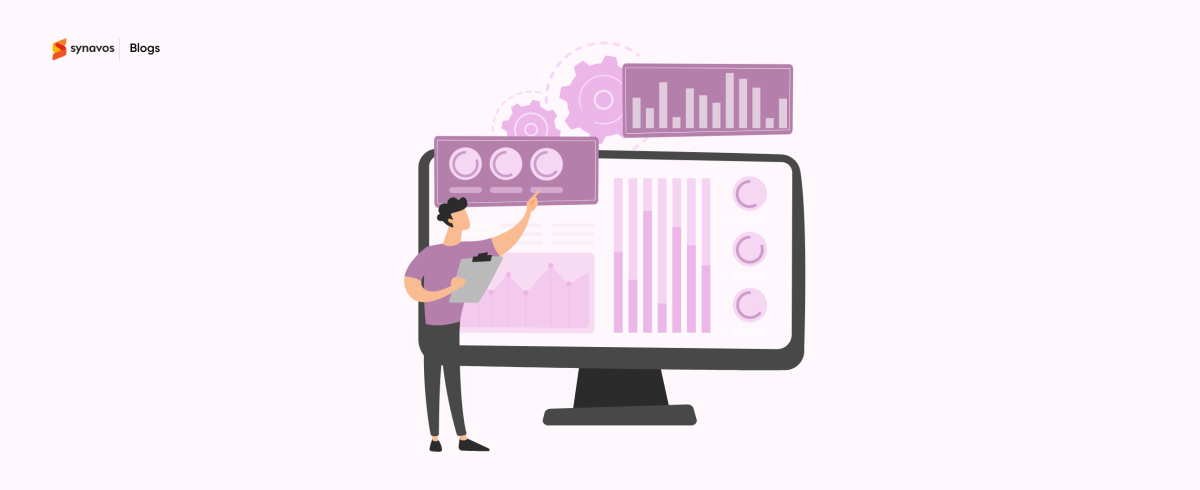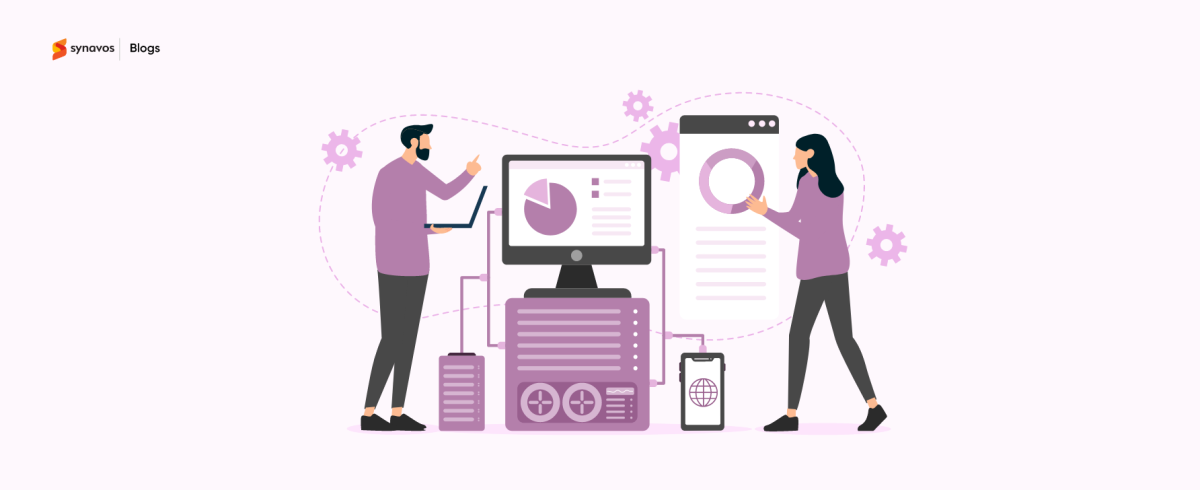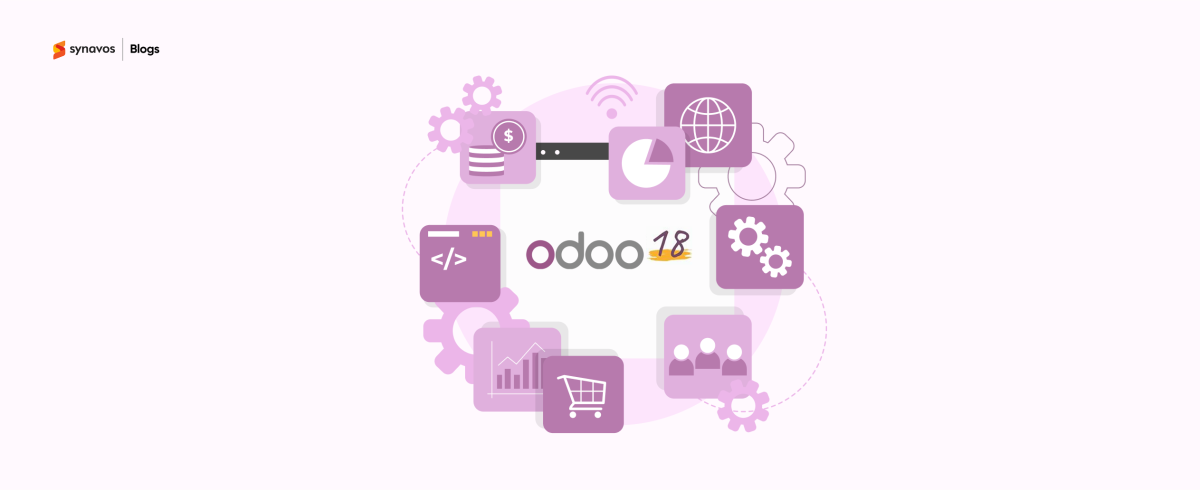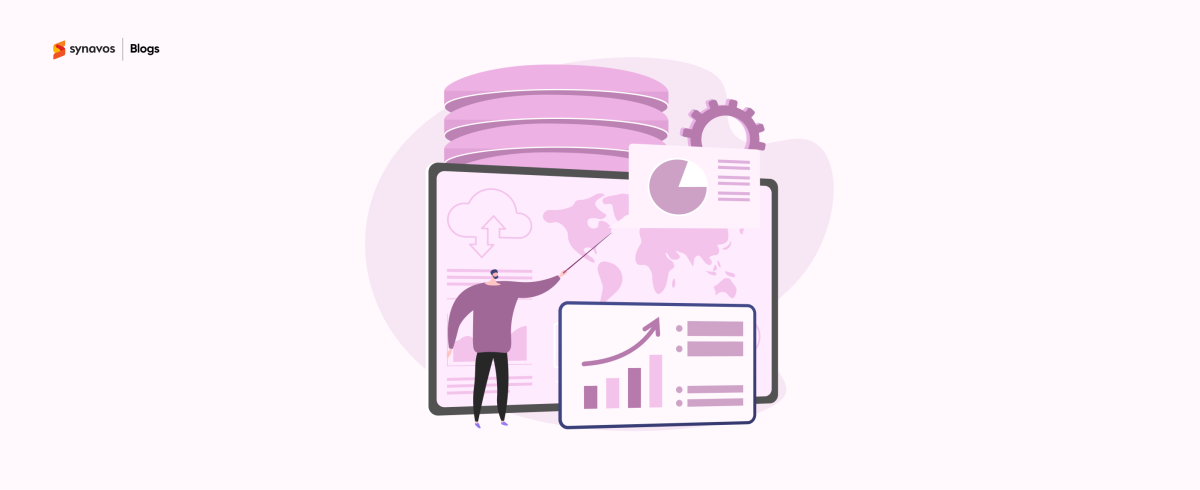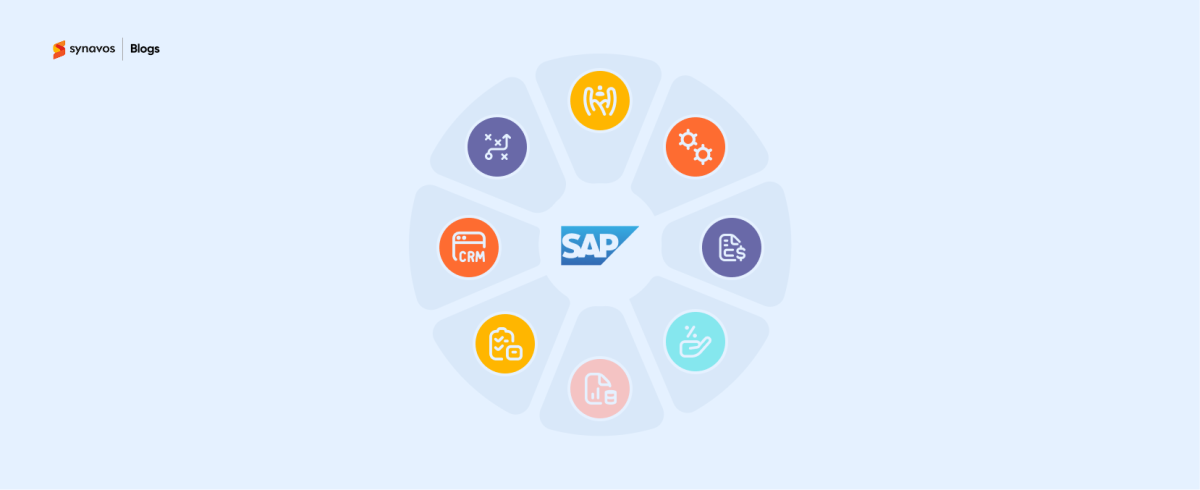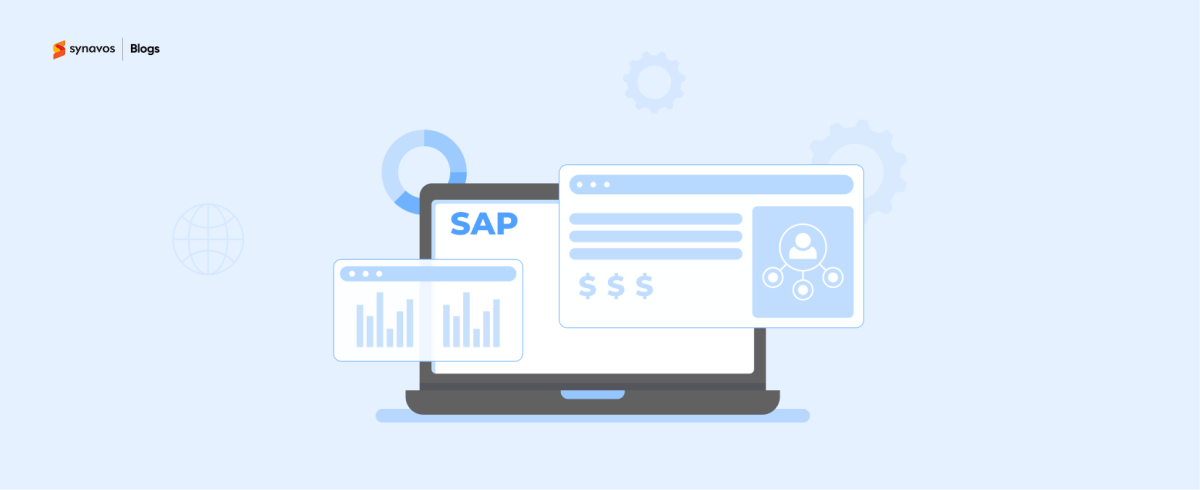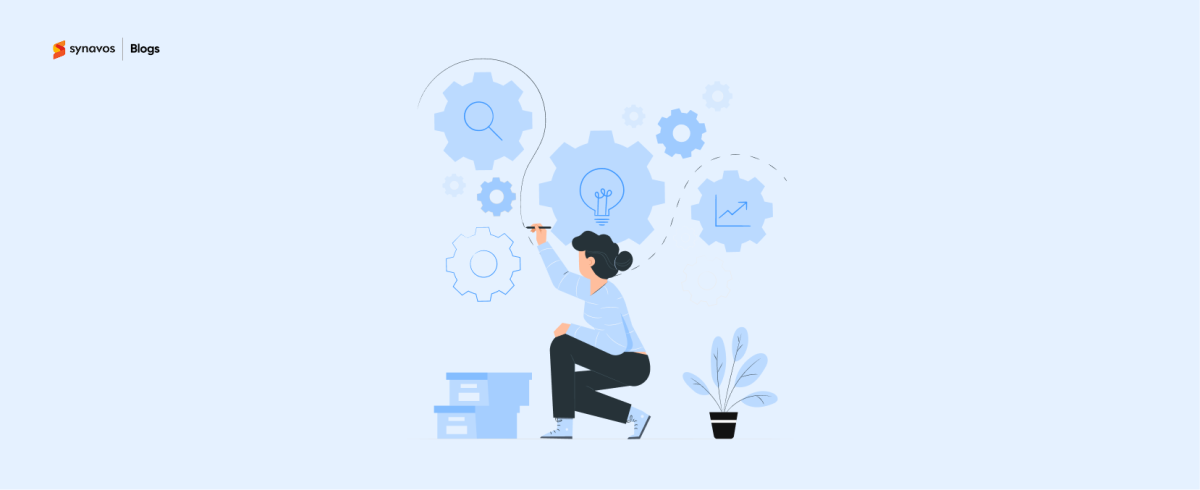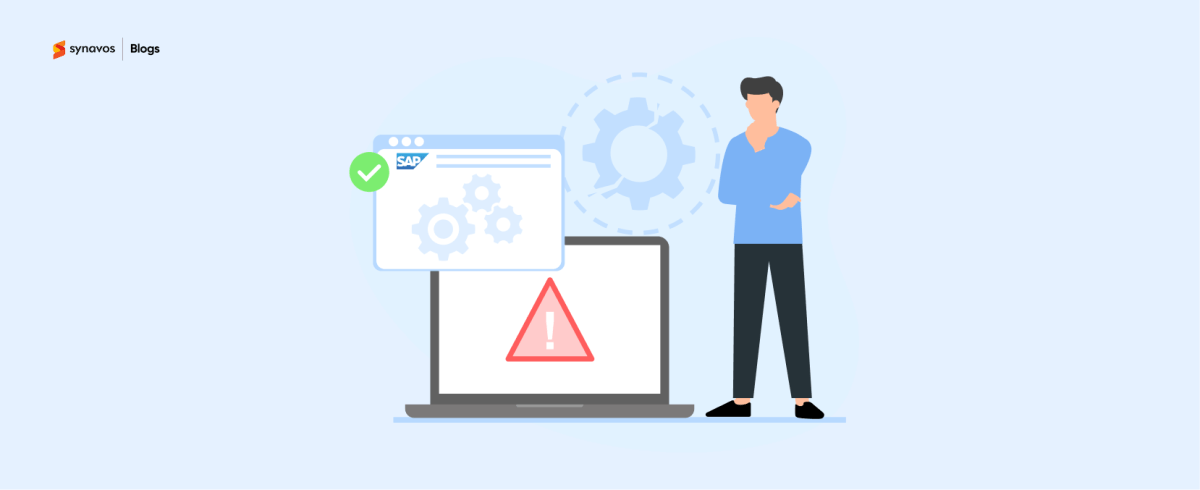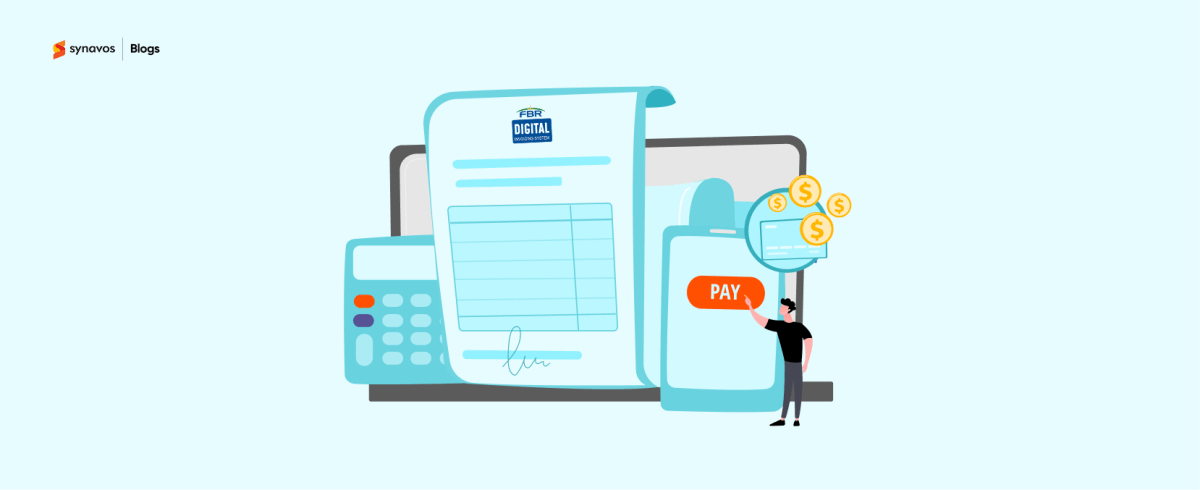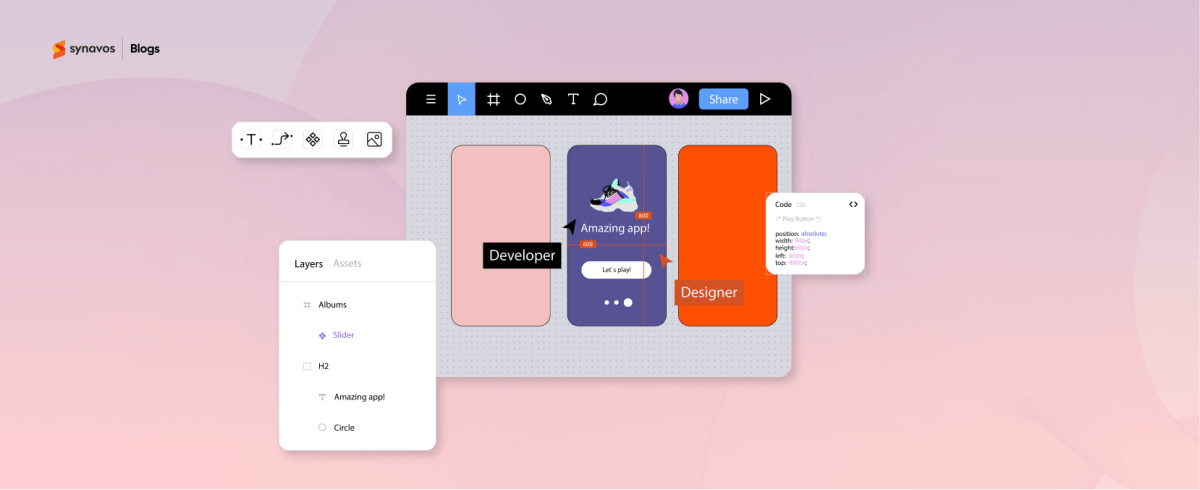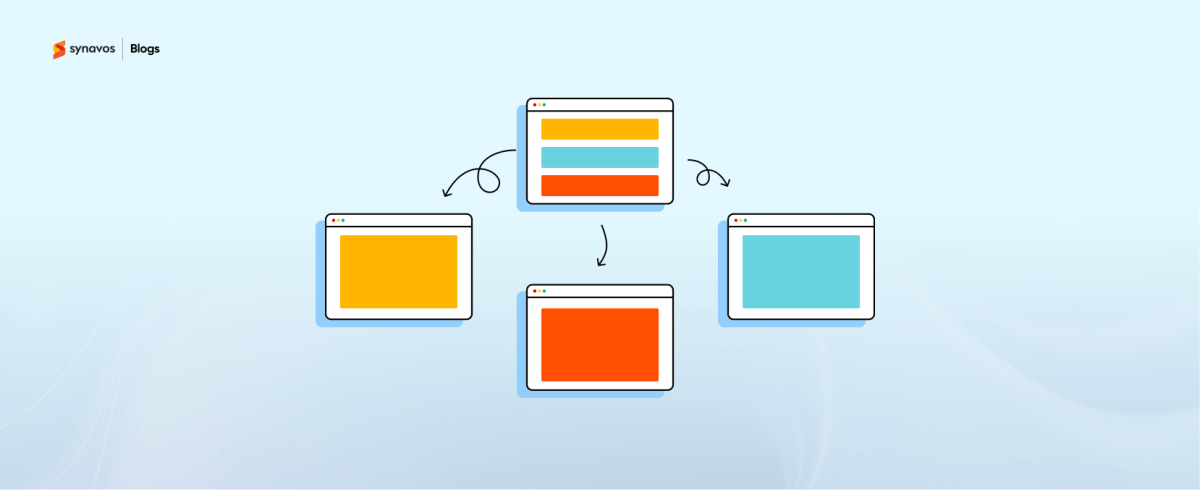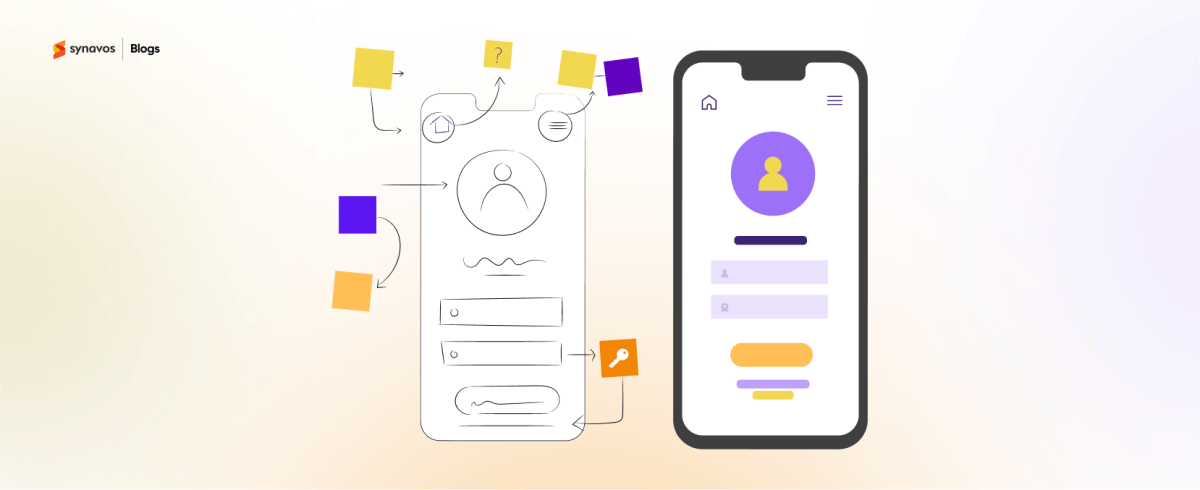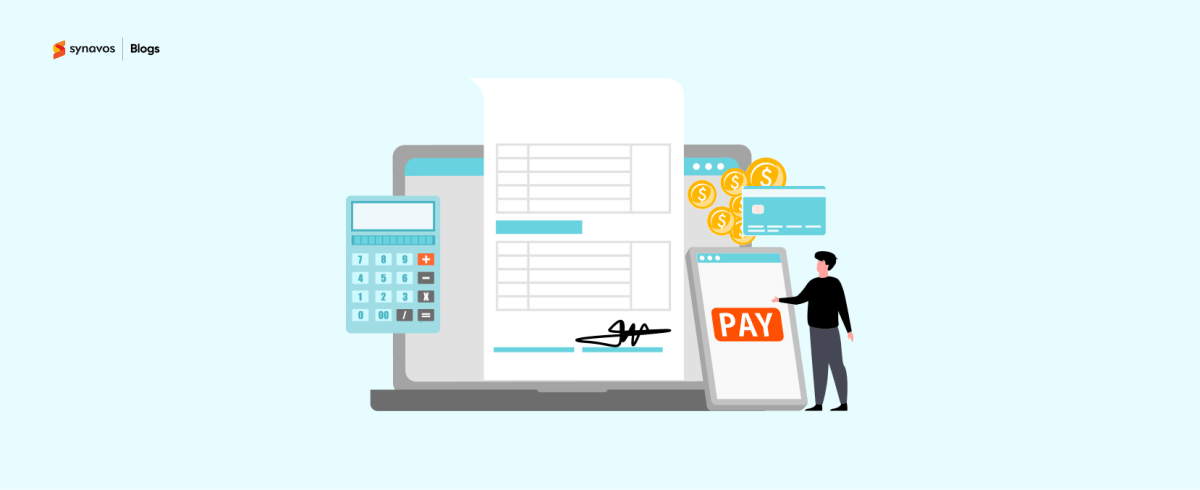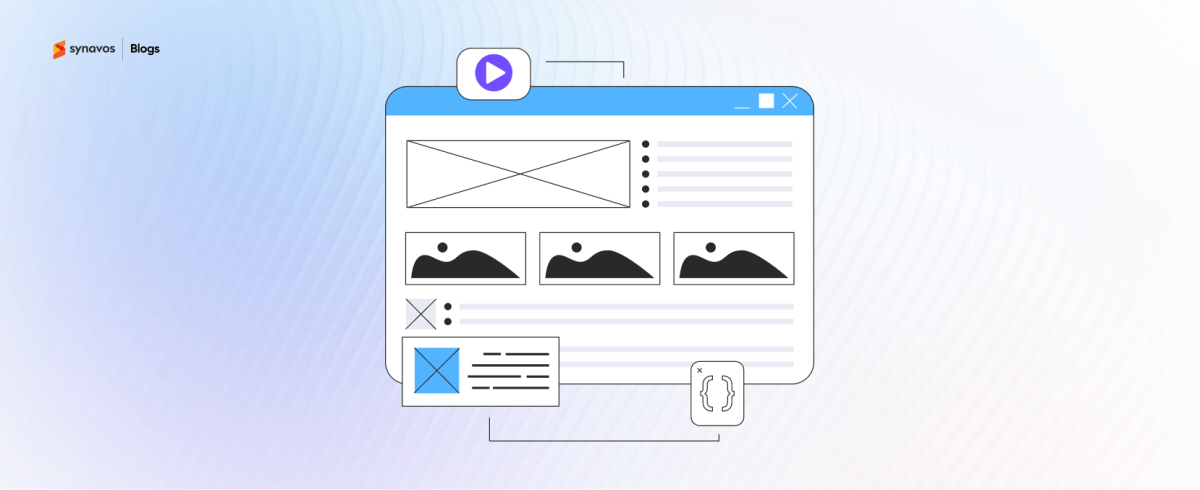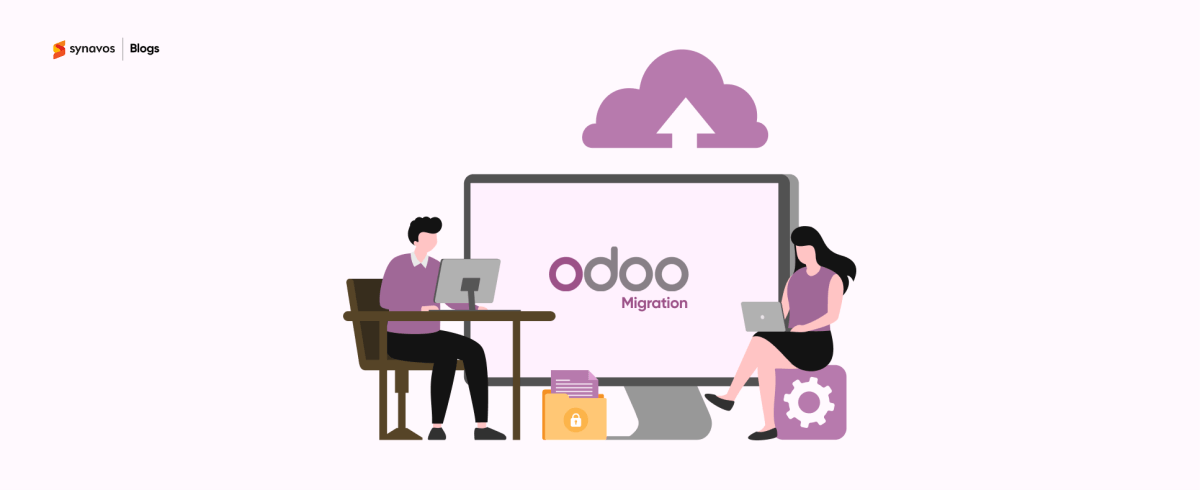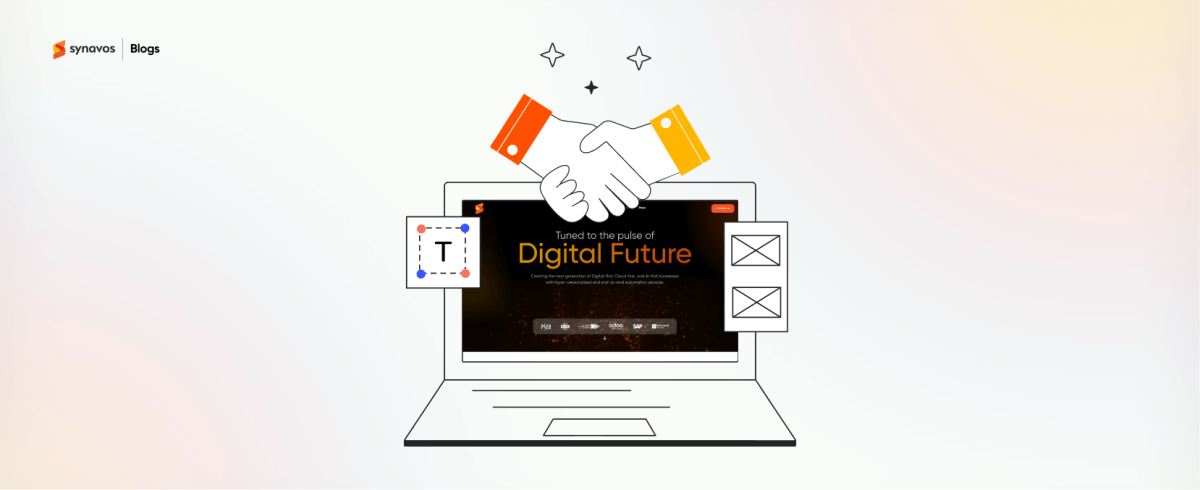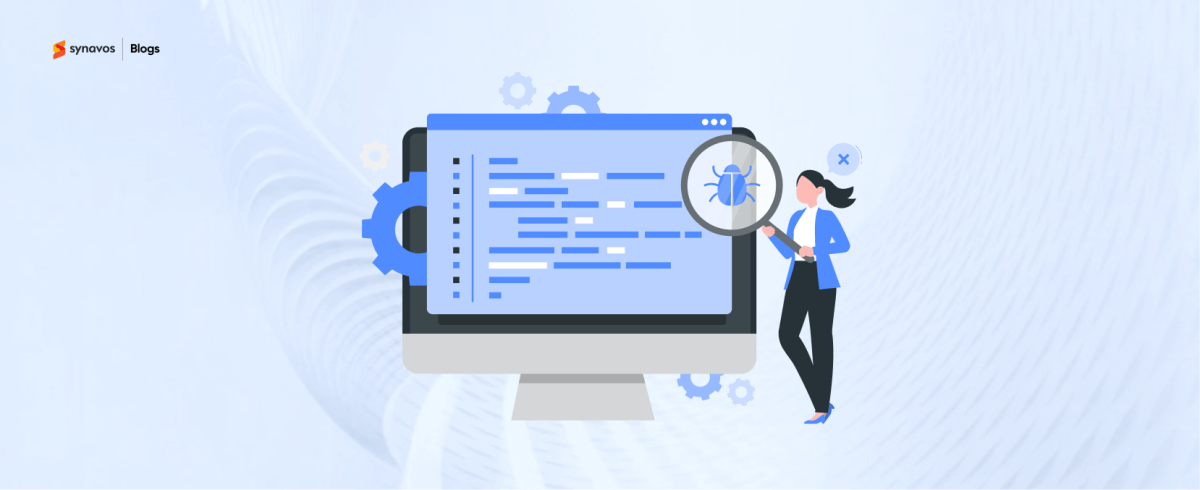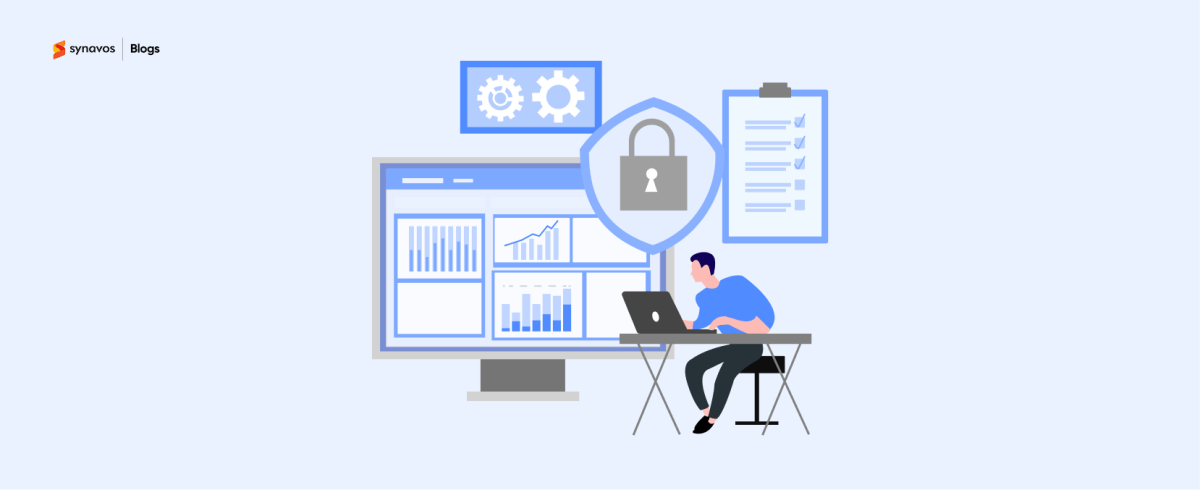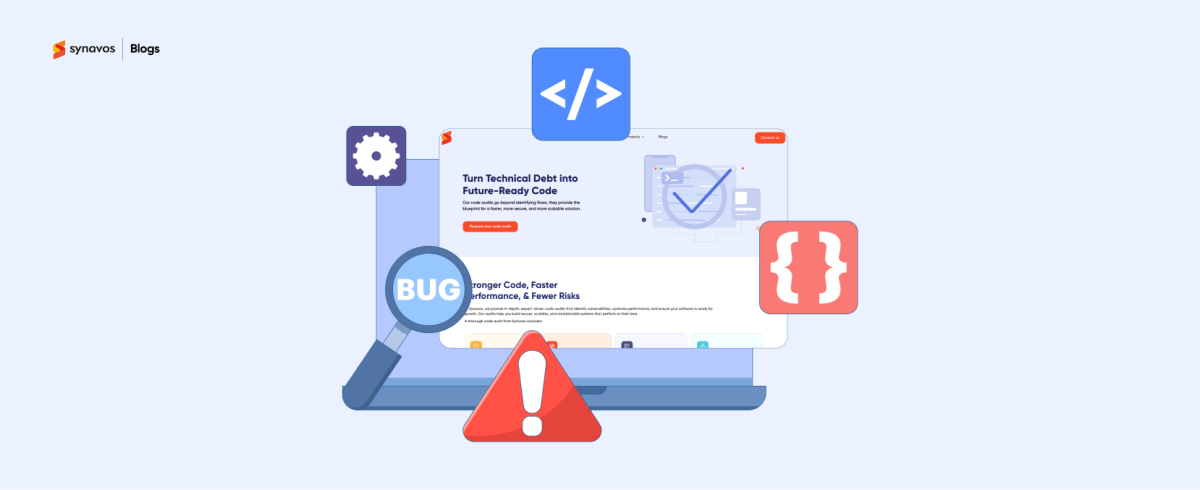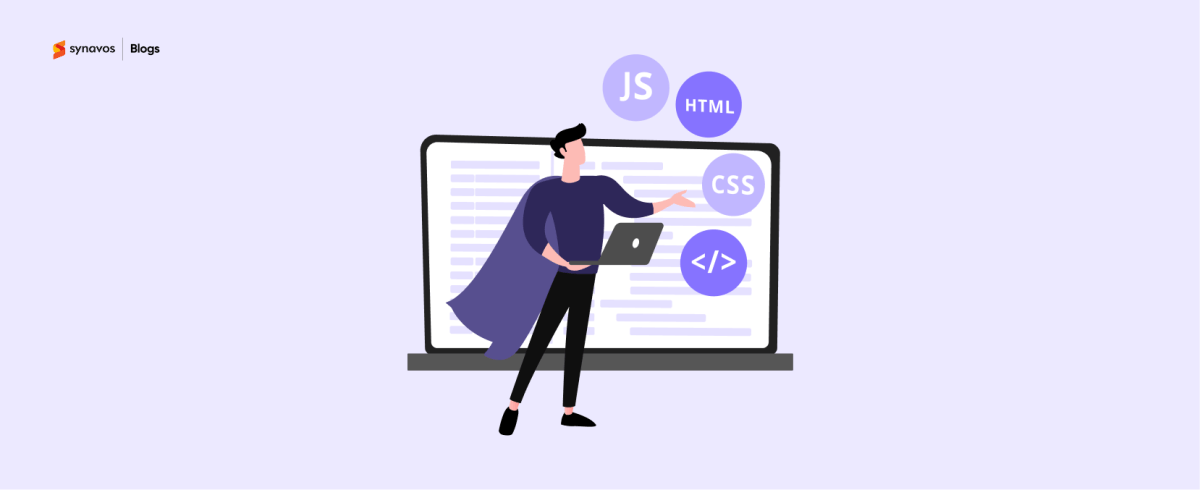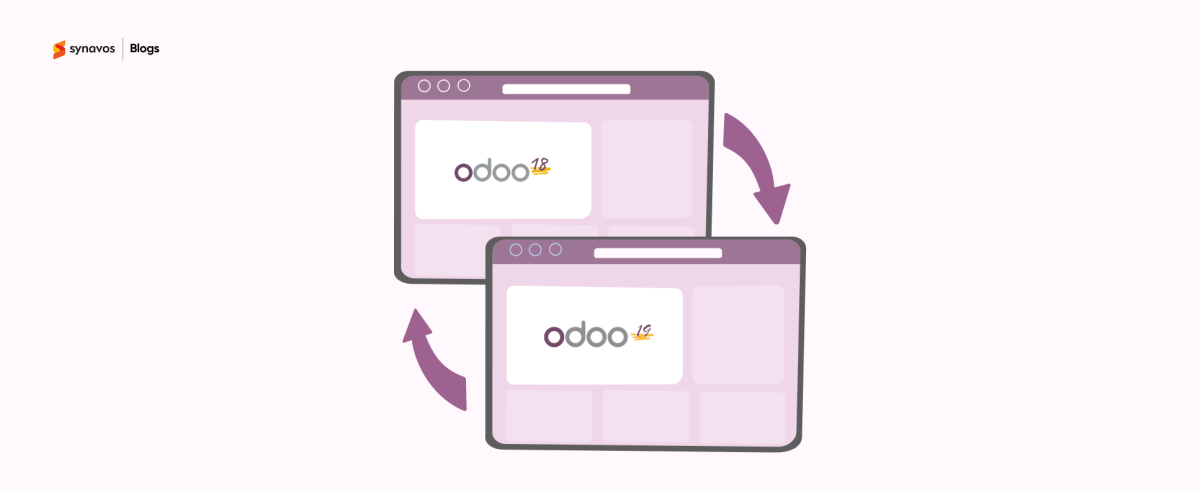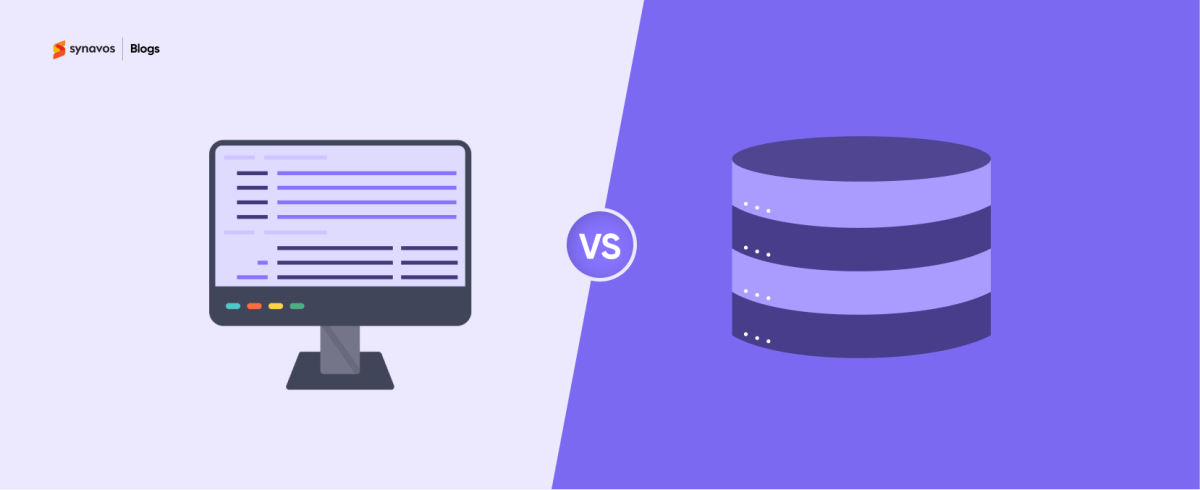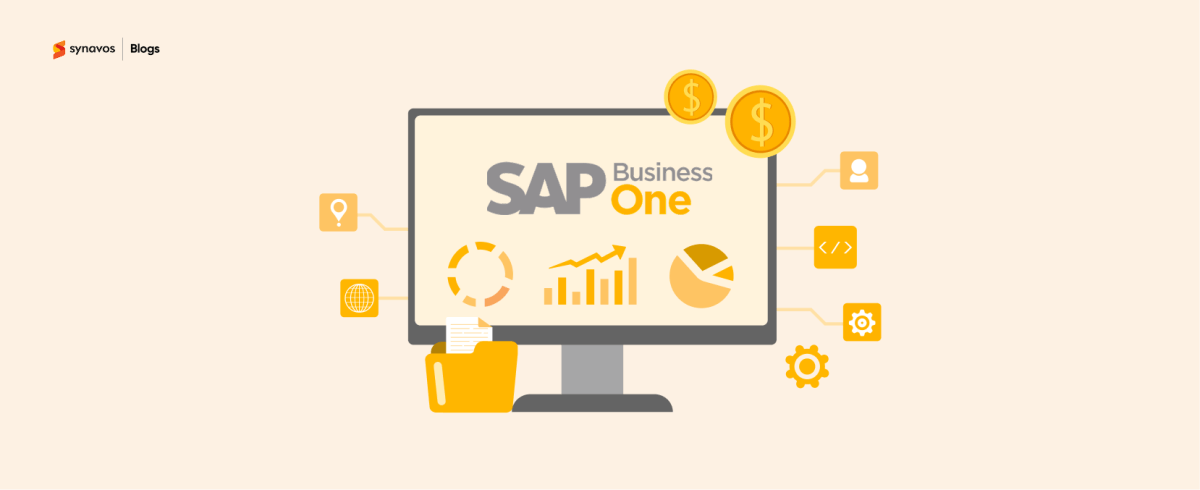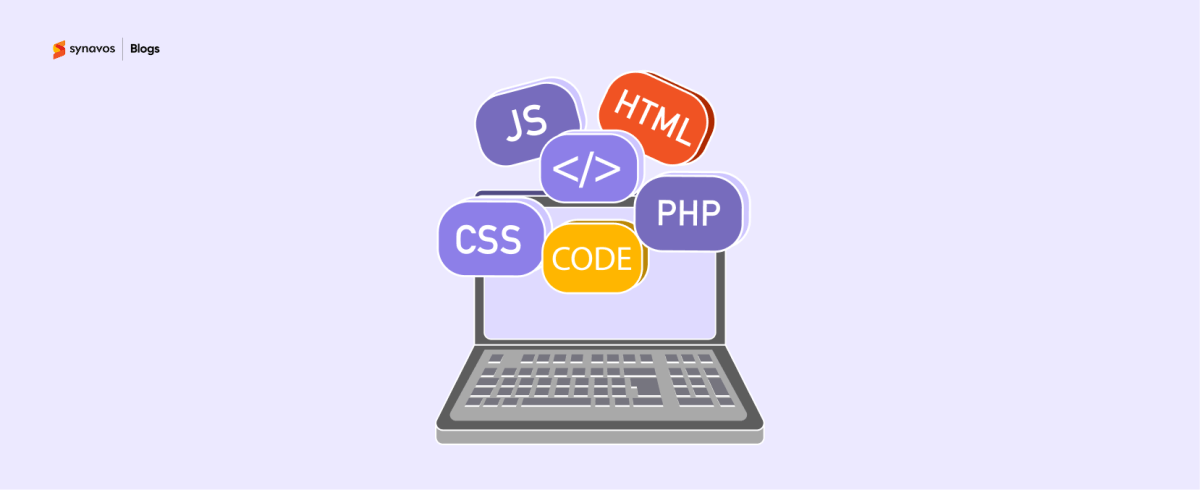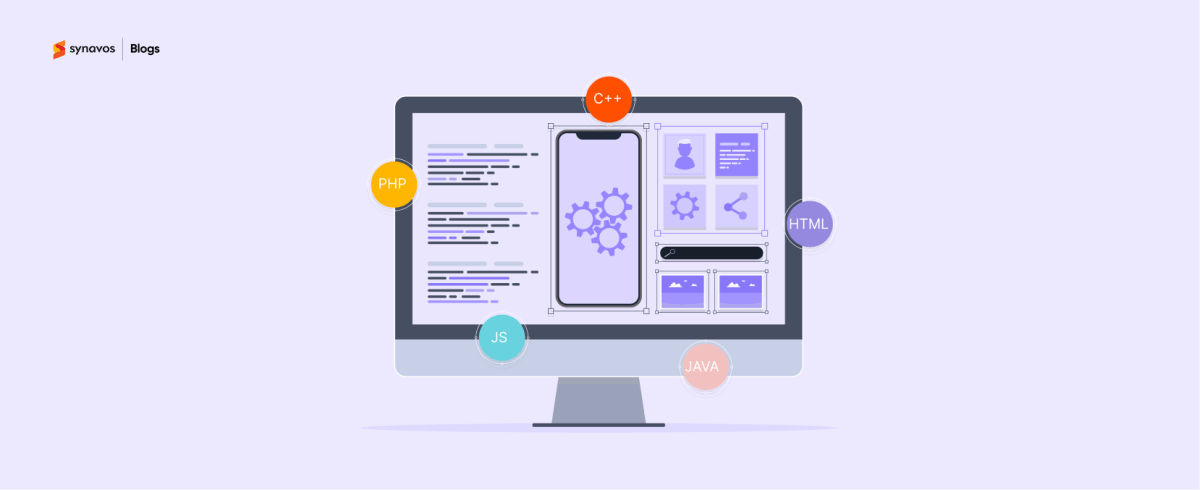Keeping business operations smooth is a challenge when your systems don’t talk to each other. Sales data stuck in one software, inventory updates in another, and manual data entry everywhere in between—these inefficiencies add up. That’s where ERP integration comes in.
ERP Integration connects your important business applications—like sales, inventory, and accounting—directly to your ERP system. This connection makes it easy for data to flow smoothly and keeps everything up to date in real time.
Join us as we outline the steps you need to take to implement ERP integration and enhance your operational efficiency. Are you ready to transform the way you work? Let’s get started!
1. Assessing Your Current Systems
The first step in any ERP integration project is to thoroughly assess your current systems and processes. This involves:
- Identifying all existing systems and applications in use across your organization.
- Documenting the data flows between these systems.
- Evaluating the strengths and weaknesses of your current setup.
- Identifying pain points and inefficiencies in your current processes.
This assessment will provide a clear picture of your starting point and help inform your integration strategy.
2. Defining Integration Goals
With a clear understanding of your current systems, the next step is to define your integration goals. This includes:
- Identifying specific business processes you want to improve through integration.
- Setting measurable objectives for the integration project (e.g., reduce manual data entry by 50%).
- Prioritizing which systems and data flows are most critical to integrate.
- Considering both short-term and long-term integration needs.
Well-defined goals will guide your integration efforts and help you measure success.
3. Selecting an Integration Partner
Unless you have significant in-house expertise, selecting the right integration partner is crucial. Consider the following when choosing a partner:
- Their experience with your specific ERP system and industry.
- The range of integration methods and technologies they support.
- Their approach to project management and communication.
- References and case studies from similar integration projects.
A skilled integration partner can provide valuable guidance throughout the process and help you avoid common pitfalls.
4. Choosing an Integration Method
There are several methods for ERP integration, each with its own strengths and use cases. Common methods include:
- Point-to-point integration
- Middleware integration
- API-based integration
- iPaaS (Integration Platform as a Service)
- Custom integration
Your choice will depend on factors such as your existing systems, budget, scalability needs, and in-house technical capabilities. Work with your integration partner to select the most appropriate method for your specific situation.
5. Data Mapping and Cleansing
Before integration can begin, you need to ensure your data is clean and properly mapped. This step involves:
- Identifying which data needs to be shared between systems.
- Creating a data mapping document that shows how data fields in one system correspond to fields in another.
- Cleansing existing data to remove duplicates, correct errors, and standardize formats.
- Establishing data governance policies to maintain data quality moving forward.
Proper data preparation is crucial for a successful integration.

6. Designing the Integration Architecture
With your integration method chosen and data prepared, it's time to design the integration architecture. This step involves:
- Define workflows for how data will move between systems.
- Choose protocols for data exchange (e.g., REST APIs, SOAP).
- Ensure the architecture aligns with regulatory requirements (e.g., GDPR, HIPAA).
- Plan security measures such as encryption and access control.
A well-designed architecture will ensure your integration is robust, efficient, and able to grow with your business.
7. Development and Configuration
This is where the actual integration work happens. Depending on your chosen method, this may involve:
- Configuring pre-built connectors in an iPaaS solution.
- Developing custom APIs or middleware.
- Setting up data transformation rules.
- Implementing security measures to protect data in transit.
Work closely with your integration partner during this phase to ensure the implementation aligns with your design and goals.
8. Testing and Quality Assurance
Testing ensures the integrated systems perform as expected without disrupting operations. Different testing phases help identify and resolve bugs before the final launch.
Key Types of Testing:
- Unit Testing: Verifies individual components.
- System Testing: Ensures that all systems function as a cohesive unit.
- User Acceptance Testing (UAT): Involves end-users to ensure the integration meets business requirements.
- Performance Testing: Checks system speed and scalability.
Key Tasks:
- Documenting and fixing issues found during testing.
- Running multiple rounds of tests to validate all integration points.
- Involving business users to validate workflows and processes.
9. Deployment and Go-Live
Deployment is the final step where the integrated system goes live, but it requires proper coordination to avoid disruptions. This may involve:
- Preparing a detailed go-live plan with assigned roles and responsibilities.
- Scheduling the deployment during non-peak hours to minimize operational impact.
- Monitoring the system during the first few days to quickly address any issues.
- Providing real-time support to users and ensuring backup plans are ready.
10. Monitoring and Optimization
Integration doesn’t stop after go-live. Continuous monitoring ensures everything runs smoothly, and periodic optimization keeps the systems aligned with business needs. Key tasks to do in this phase include:
- Setting up alerts and dashboards to monitor system performance.
- Collecting feedback from users to identify pain points.
- Reviewing KPIs to measure the success of the integration.
- Optimizing processes and updating the integration as your business evolves.
Partner with Synavos for a Seamless ERP Integration
Need help figuring out the best way to connect your ERP system with other critical business applications? We at Synavos are here to help. We've helped many businesses sort this out, and we'd be happy to help you too.
Reach out to us today to explore your options!
